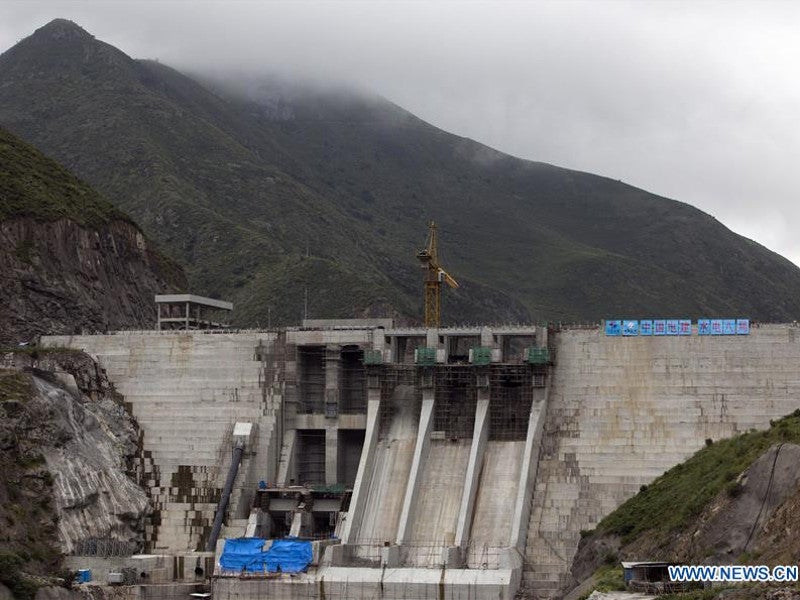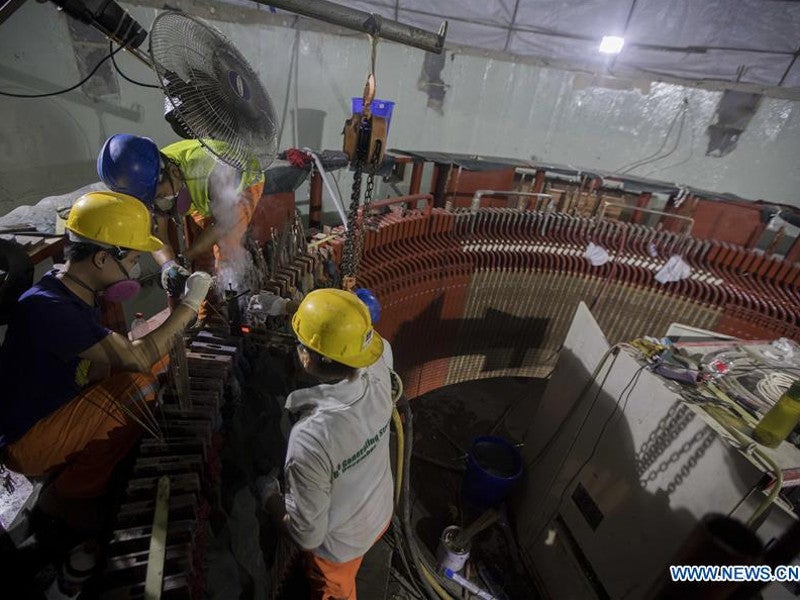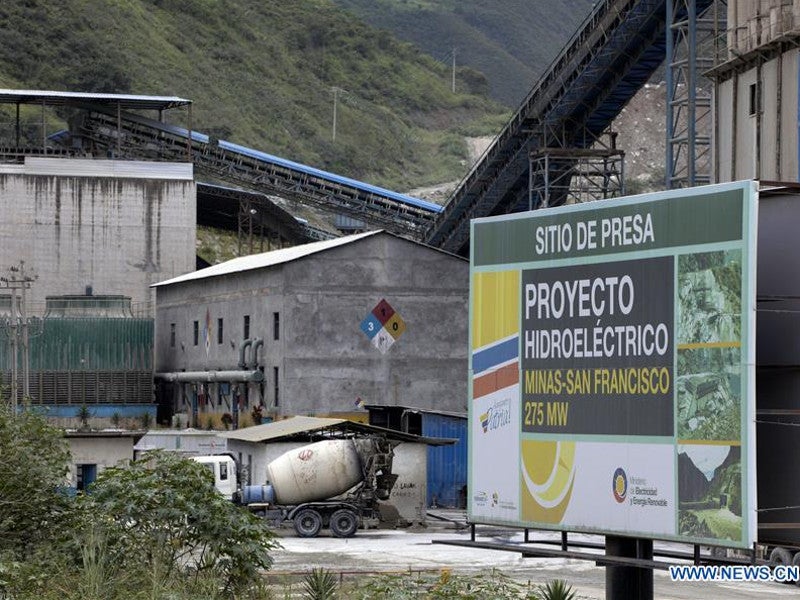The Minas-San Francisco hydroelectric power station is built near the city of Quito in Ecuador. Located on the banks of Jubones River, the power plant was constructed in the basin spanning the provinces of Azuay, Loja and El Oro.
The average annual flow of the Jubones River is 48.3m³/s, which is sufficient to feed the power plant. The site also includes a reservoir, which has the capacity to hold more than 14 million cubic meters of water.
The Minas-San Francisco project was developed by electric generation company Enerjubones, a business unit of state-owned Corporación Eléctrica del Ecuador (Celec EP) or Ecuadorian Electric Corporation.
The power plant was initially estimated to be developed with an investment of $477m, but the cost escalated by 17% to $556m due to frequent delays.
The construction of the Minas San Francisco hydroelectric power station was started in December 2011 and commissioning was completed in January 2019.
Minas-San Francisco hydroelectric power station make-up
The project involved the construction of a gravity reservoir made of rolled concrete. It features a water intake facility, a pressure pipe, a surge tank, a conduction tunnel, and a bottom drain. The reservoir also features an underground powerhouse and a discharge channel.
A diversion system, which included a deviation tunnel along with upstream and downstream plates, was set up to ensure a hassle-free environment during the reservoir construction.
The rolled-concrete reservoir has a crown height of 795m above sea level and a crown length of 208.5m. The depth and height of the reservoir are 741m and 54m, respectively.
The dam also integrates a 13.9km-long headrace tunnel with a diameter of 4.5m. The surge shaft of the dam has a length of 67m and diameter of 16m, while the penstock has a length of 530m and a diameter of 3.77m.
The underground powerhouse of the plant is 24m-long, 82m-wide and 40m-high. It is fitted with three vertical axis Pelton turbines and water in-take facilities required for power generation. The turbines have an installed capacity of 91.87MW each and efficiency of approximately 91.5% in normal operational conditions.
The reservoir is equipped with three vertical axis synchronous generators of 90.31MW capacity each.
Power transmission
Substations, transmission lines and associated infrastructure were constructed for the supply of electricity to the National Interconnected System (SNI).
The generated hydroelectric power will be transferred to SNI via a transmission line. The 42km-long transmission line has two circuits and integrates three 13.8kV / 230kV transformers with a nominal capacity of 120MVA.
An elevated substation was set up at Gramalote at an elevation of 753m above sea level. Power from Gramalote can be transferred to the 230kV San Ildefonso substation, which is also linked to the SNI.
Contractors involved
Harbin Electric International was contracted to construct the Minas-San Francisco power station, in 2011. The feasibility study and final design works of the project were handled by Geodata.
Benefits of the hydropower project
The Minas-San Francisco power station offers a range of benefits to the operators and the residents living in the region. It has the capacity to generate green power of more than 270MW.
The plant will contribute to the National Interconnected System of Ecuador, which has an approximate renewable energy production of 1,290GWh a year, which will benefit approximately 222,000 families living in southern parts of Ecuador.
It will also help to reduce the greenhouse gas emissions in the region by offsetting approximately 690,000t of carbon dioxide a year and replacing the fossil fuel power generation.






